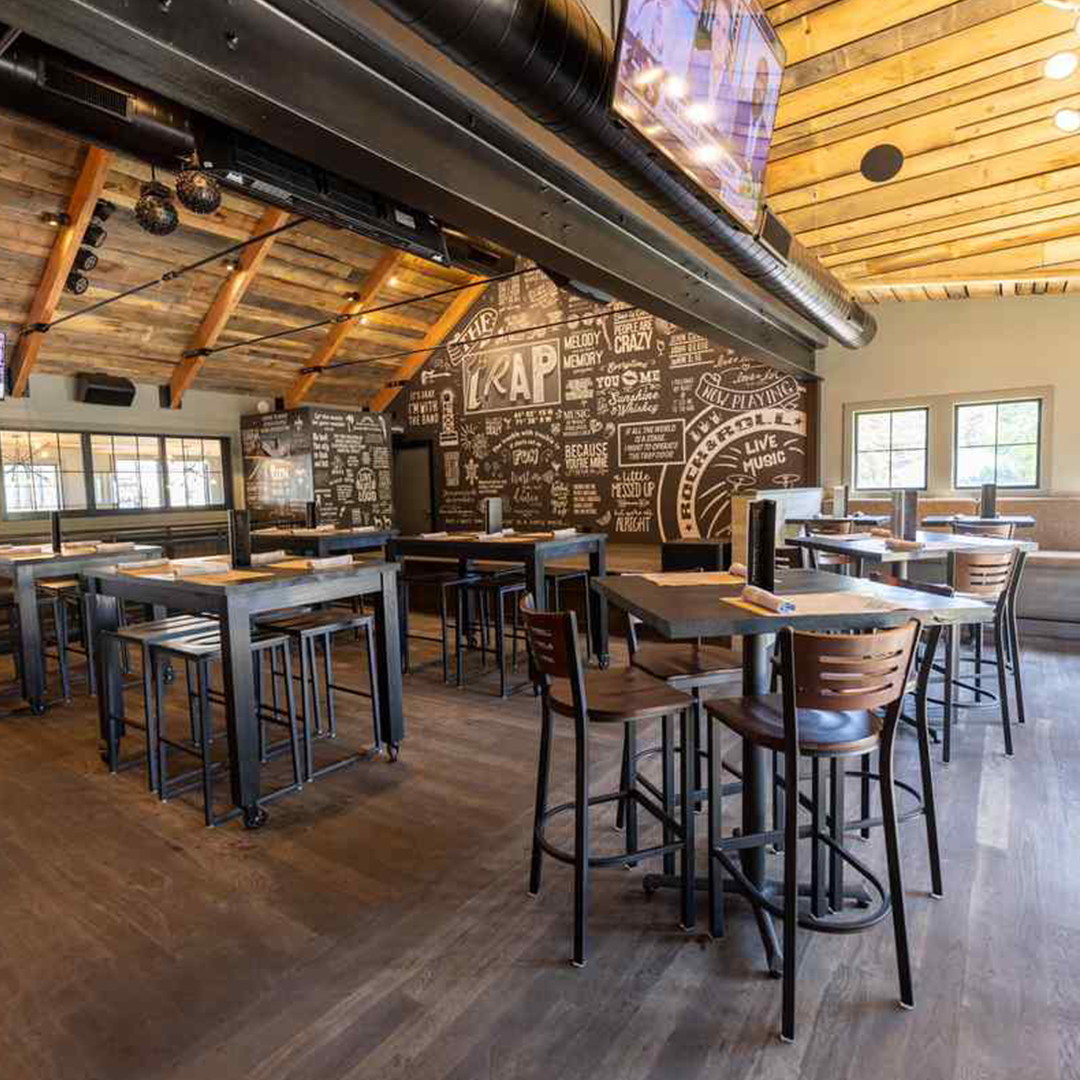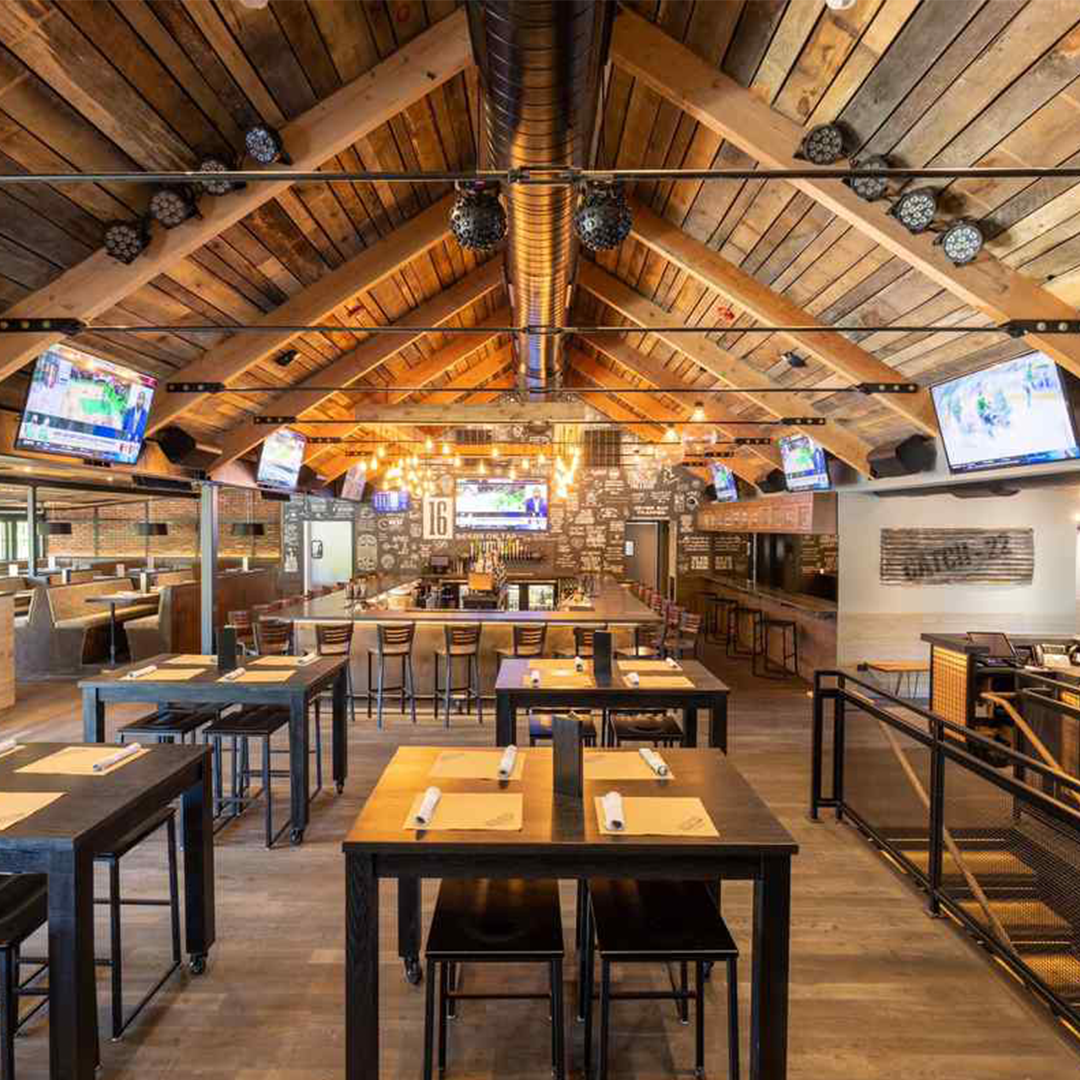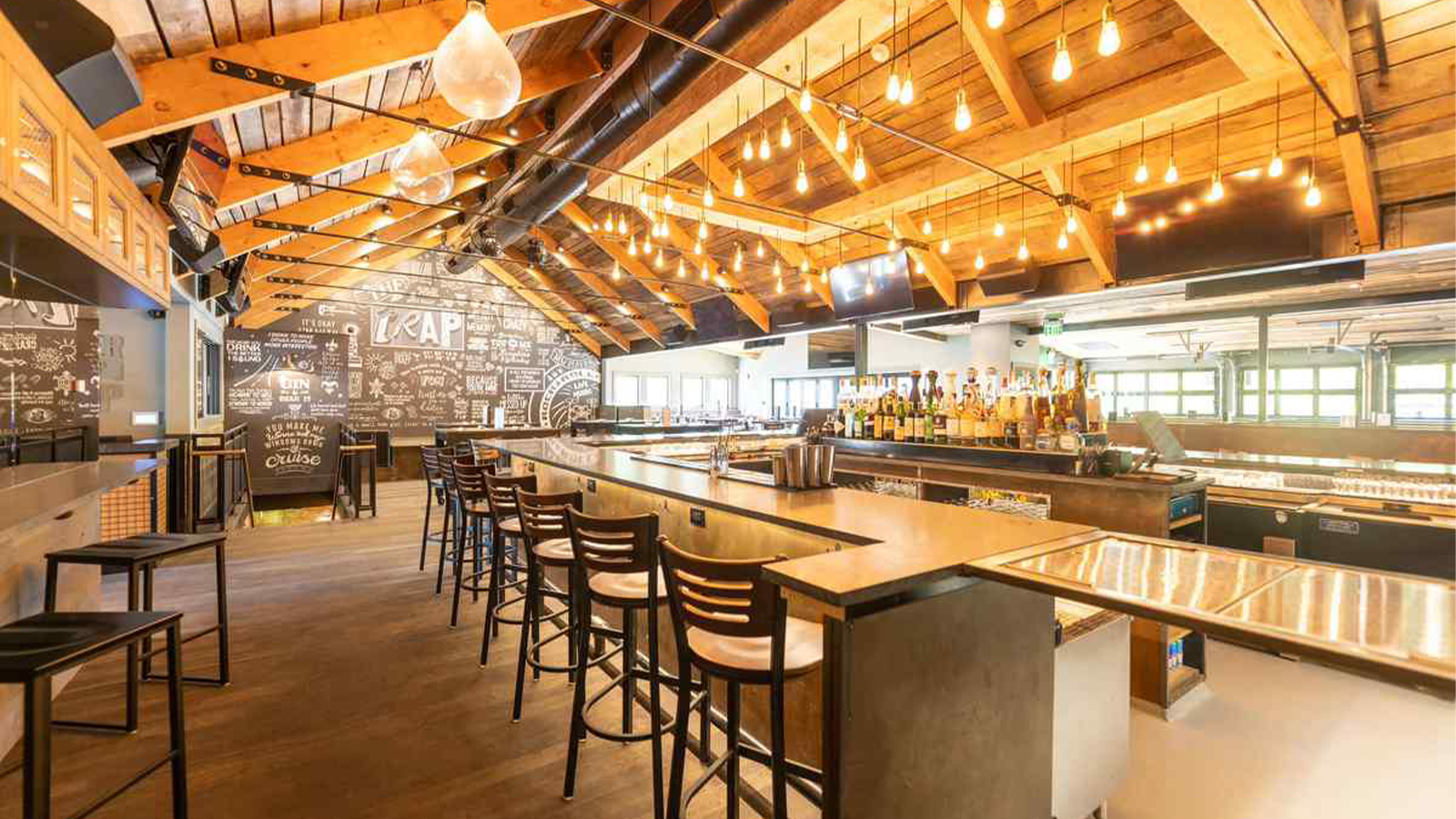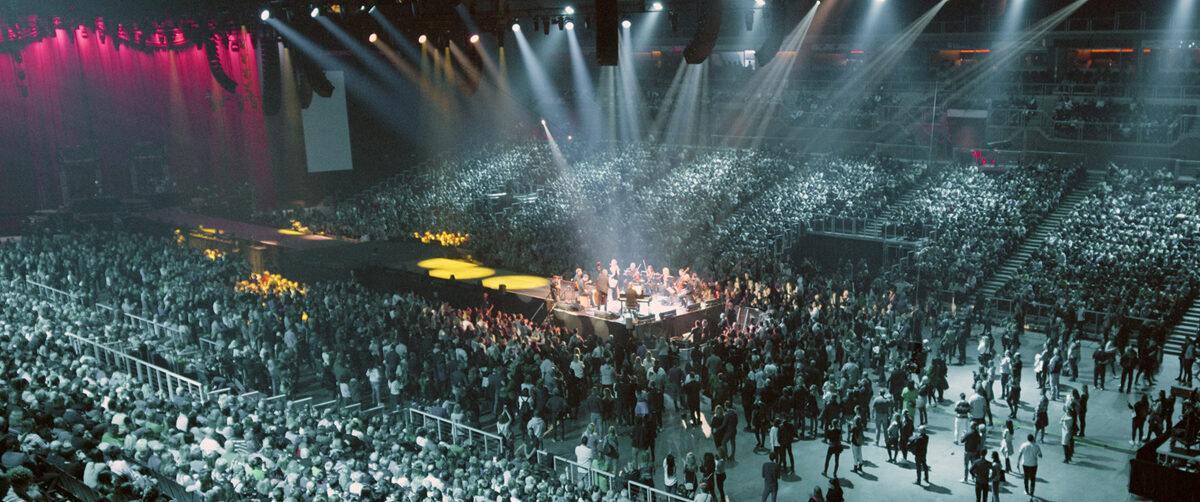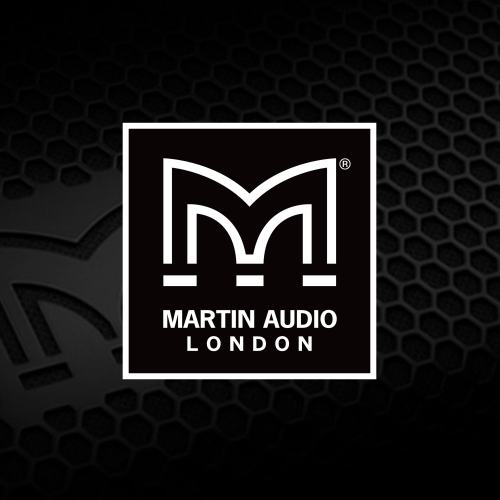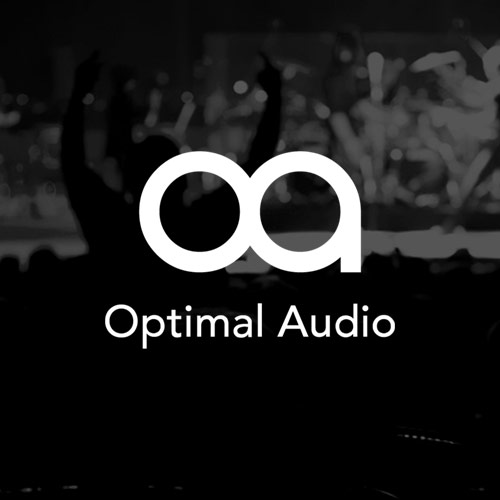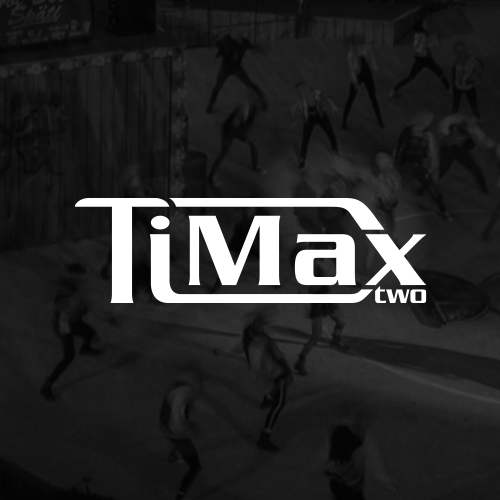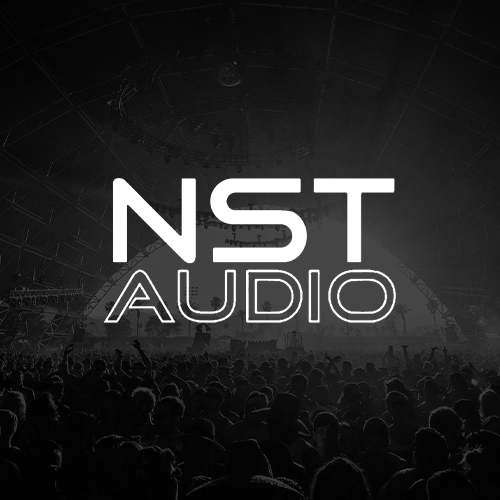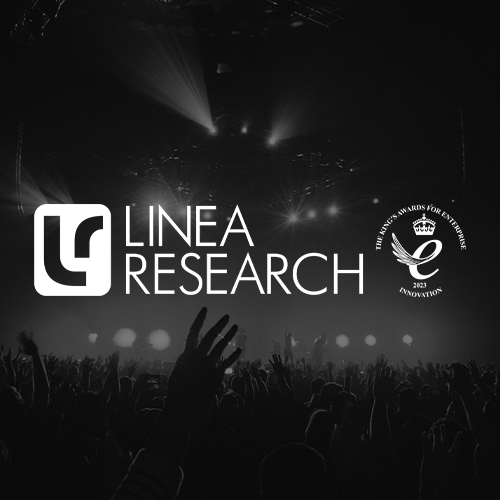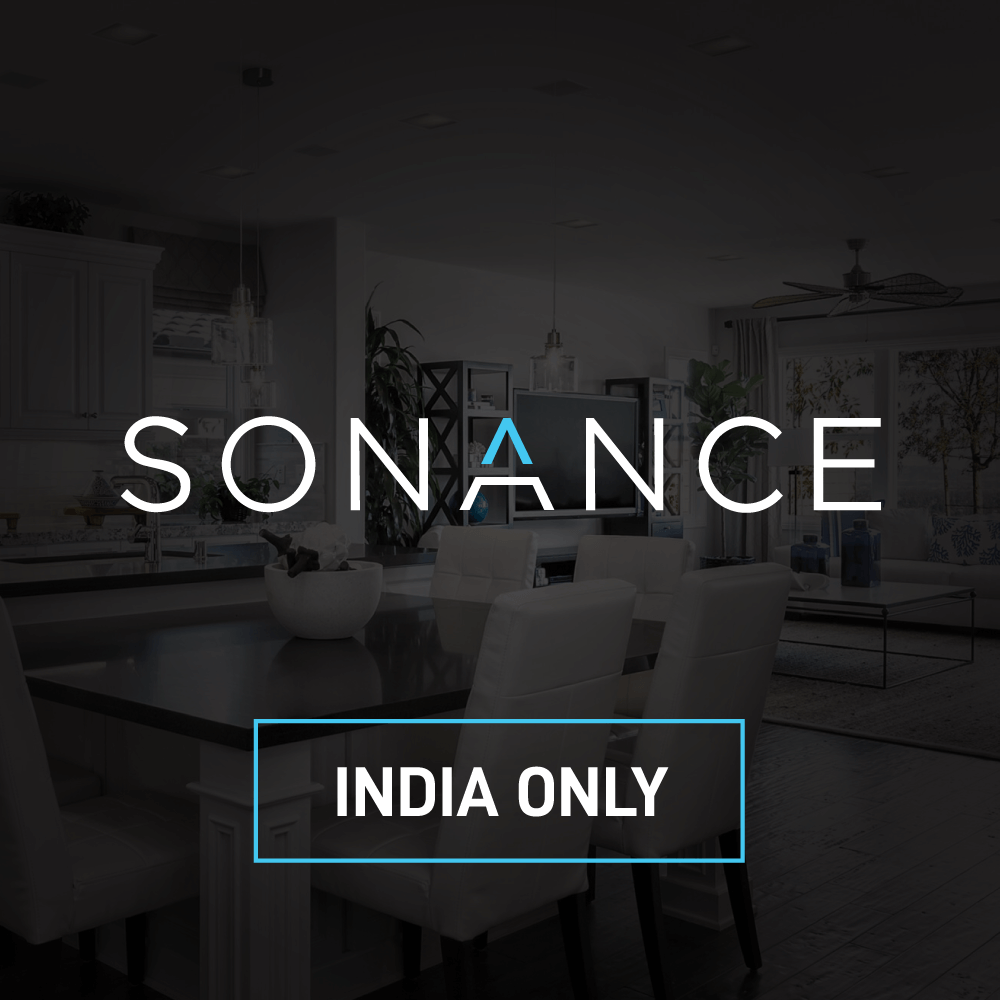UK: The multi-use requirement of Cardiff Students’ Union’s Great Hall presented SWG Events with several challenges when designing and installing a frontline PA. The venue is a multipurpose space with a capacity of 1500 and a variety of needs. Firstly, the PA system needed to meet the approval of incoming circuit bands and productions, and at the same time be completely adaptable to a wide range of events. Since live music events are hosted in more than one space within the building, the PA needed to be demountable and reappropriated together in various locations.
SWG Events successfully met the challenges presented to them, their pitch based around Martin Audio’s premium Wavefront Precision WPS line array, which was ideally suited to the space. Joe Bailey, Account Manager at SWG Events, adds, “With our strong ties to the Wavefront Precision product range in our busy rental inventory, we were confident we could provide a solution that not only offered a high-end experience to customers, but also one that would be well received by touring parties and promotors.” He also affirmed that “the on-going goal is to assist the Students’ Union in developing their already very strong status as a top live music venue in Cardiff.”
These had been the requirements handed down by Head of Venues, Callam Thom. “This year the Great Hall enters into its 50th year of operation, as one of the oldest music venues in the Capital City. It is therefore crucial that we keep up with the demands of modern-day touring and the expectations of our audiences. To keep our name up there with the best venues, we wanted to offer a state-of-the-art system that is supported by a company with a wealth of experience. It feels right that our customers are given a sector-leading audio experience,” he said.
“Furthermore, with our venue being so multi-use, going from live music to a nightclub to a conference, it was imperative that the solution was easily adjusted.”
The Great Hall has recently seen significant development to the two accessible viewing balconies, vastly increasing the spaces available for those with additional viewing needs. The development provided an upper-level bar, toilets and viewing platforms—spaces that also had to be catered for with the sound system. SWG Head of Audio, Simon Purse sensed these challenges when confronted with a building that was “basically a big concrete square, with low balcony at the end, and the FOH position situated just under the bulkhead.”
SWG HAVE BEEN ABLE TO DELIVER ON ALL KINDS OF SCENARIOS WITH NO COMPROMISE.
SWG based their design for the conventional pros arch system around six elements per side of WPS, driven in 2-box resolution from Martin Audio’s iK42 amplifiers. Eight SX218 subwoofers are placed in a broadside array, while also at the stage, four Blackline X8 fill gaps in the nearfield with two TORUS T1230 delivering out fill sound.
Given the low balcony overhang, a ring of four CDD8 provides under balcony delay and a further four CDD8 above the accessible viewing left and right-side balconies themselves, DSP for which i provided by a dedicated DX4.0 controller; this also brings the fills into the VU-NET control network.
Purse added, “While there are elements that are fixed, a lot of it is like a conventional flown touring system. Exams one day might be followed by a rock show, so it can be derigged and taken down or change shape, depending on the requirements of the venue. Even the stage is removable, making probably the most diverse room I’ve ever been in.”
Martin Audio Product Support Engineer, Robin Dibble, assisted with tuning and time alignment which, being a reverberant concrete venue, was essential—despite the presence of drapes and acoustic treatment. Presets are programmed and stored, depending on the different scenarios.
Purse explains, “There is a snapshot for when the system is in its default live show mode, with all the time alignment EQ and settings loaded in that. For other events such as when a DJ is placed in the centre of the room, the PA is moved, new angles applied and given new optimisation. The system then resets back to its default state afterwards.”
Bailey also emphasises that the system has performed well in the first academic year of the contract with over 50 live music events since installation in Autumn 2023, most of which are touring artists.
Following commissioning by Robin Dibble, SWG Events provided training to the in-house crew, while they are also providing crew for live music events from a system engineer point of view.
Finally, to ensure Wavefront Precision gets full utilisation, the system will come out during the University’s summer recess to be redeployed on SWG Events’ vast roster of summer outdoor work, before returning to the Students’ Union for Freshers’ Week and the start of the Autumn term.
Summing up, Callam Thom, confirms that the solution totally fulfils the brief. “Incoming engineers have been pleasantly surprised and impressed by the new PA, noting the quality and headroom that it delivers—even for the louder artists and dance music genres.”
“As for the audience experience,with a significant proportion of the floor space being under balconies, the fills have managed to increase coverage greatly, meaning that customers have a far better experience even at the back of the room. The fills on the balconies have also been instrumental in ensuring that our accessibility customers get the best possible listening experience.
“Overall, the flexibility of the Martin Audio system means that SWG have been able to deliver on all kinds of scenarios with no compromise to the audio coverage or quality … even a drum and bass event with the DJ in the middle of the dance floor.”
Click here for original article.

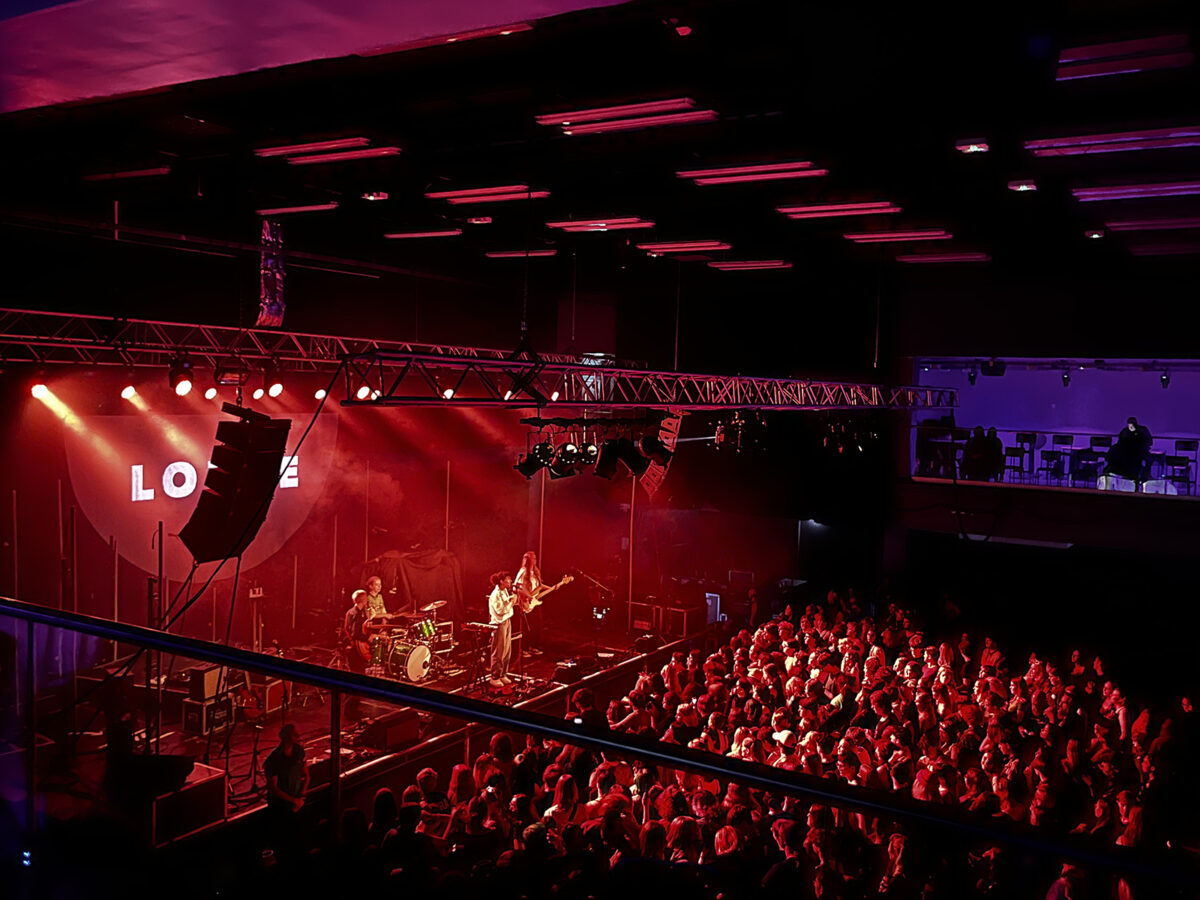

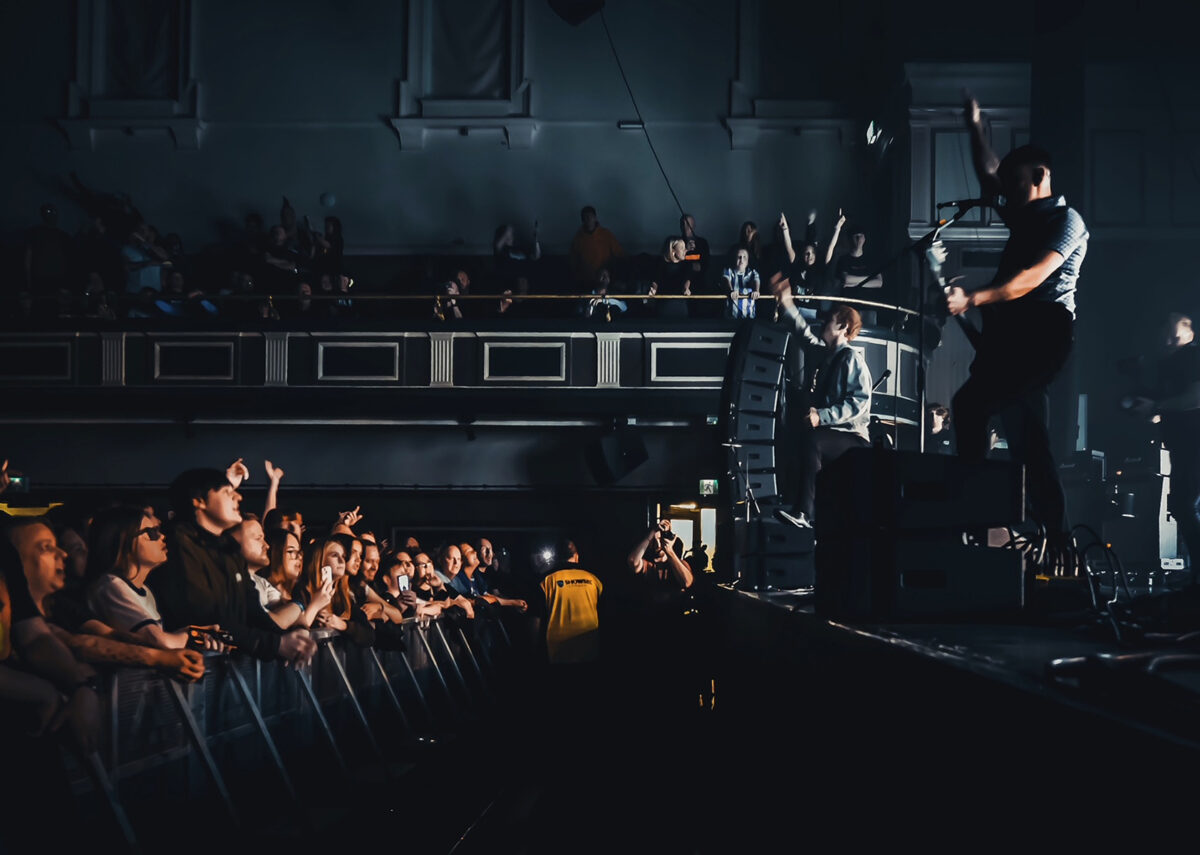
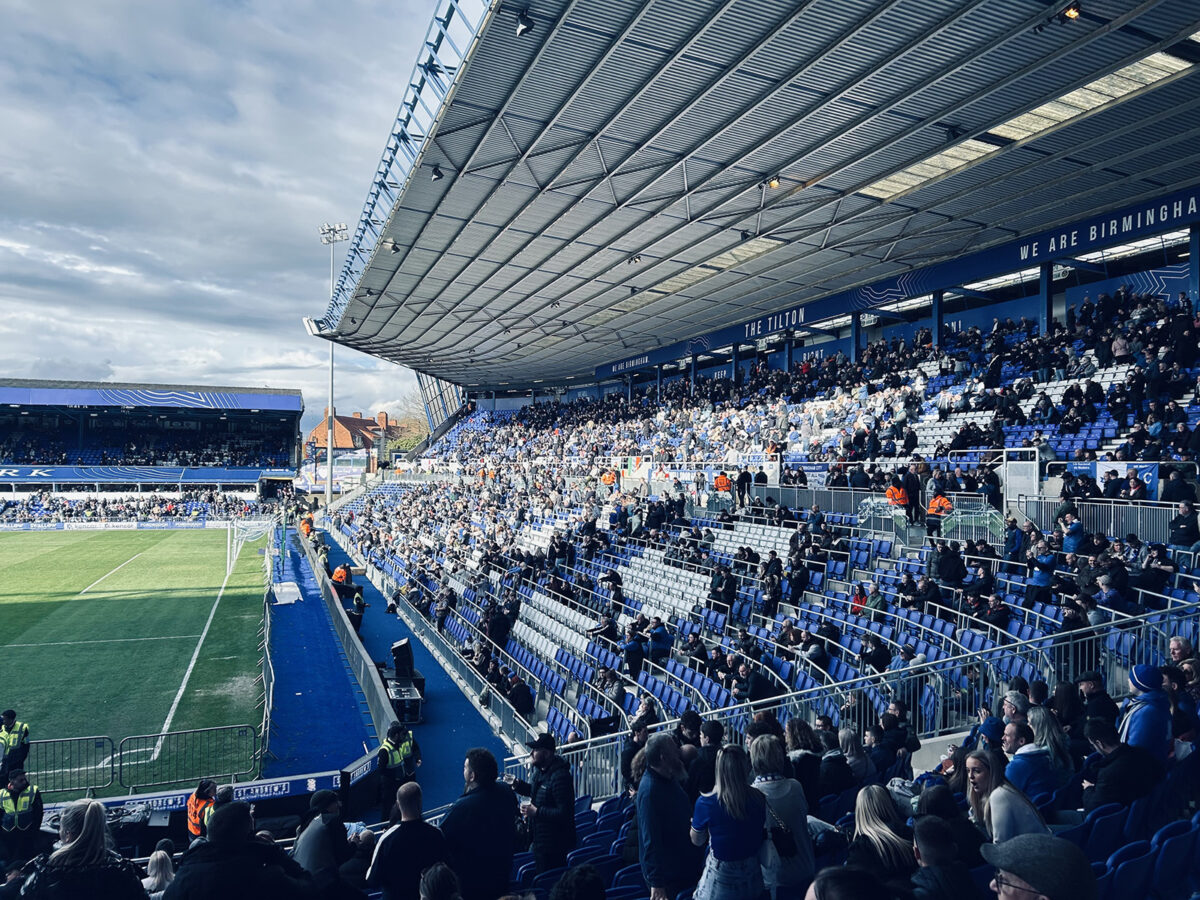
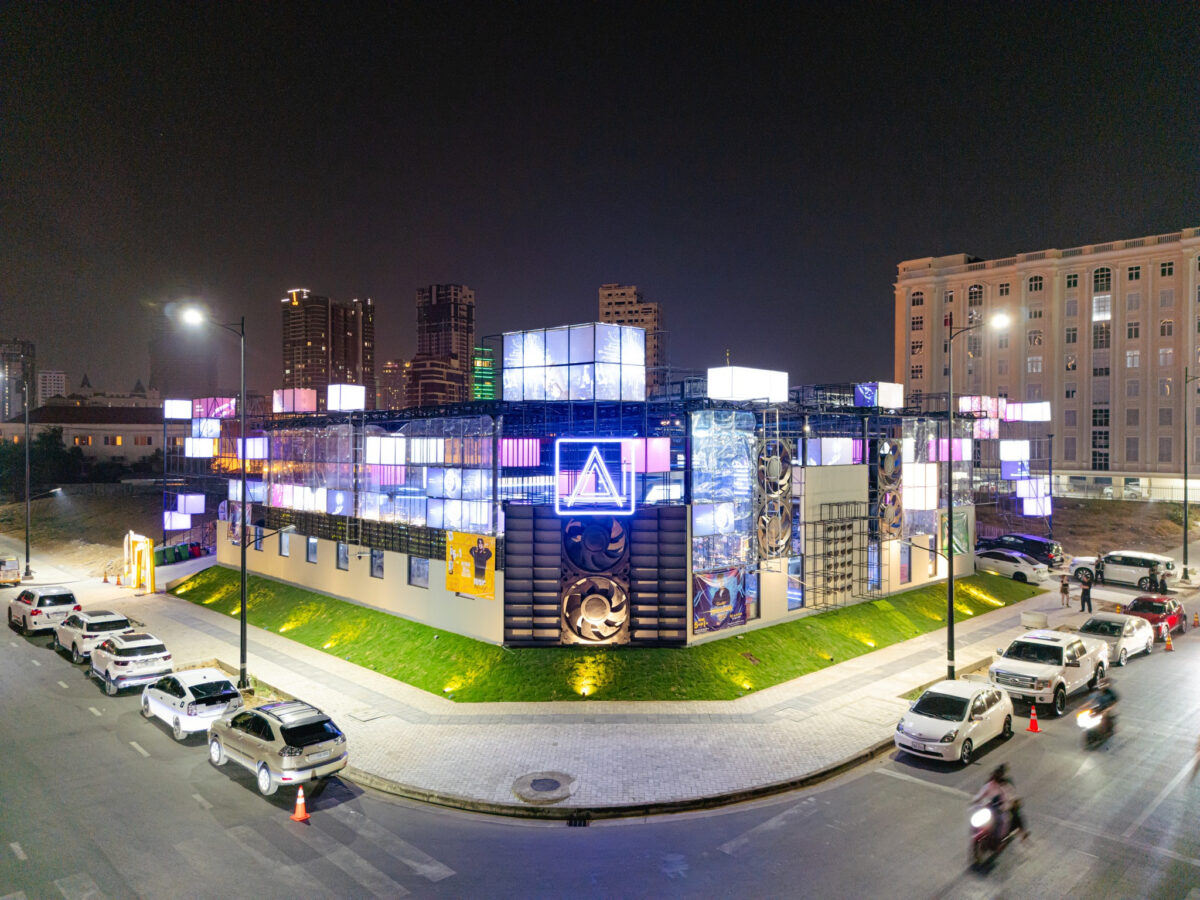
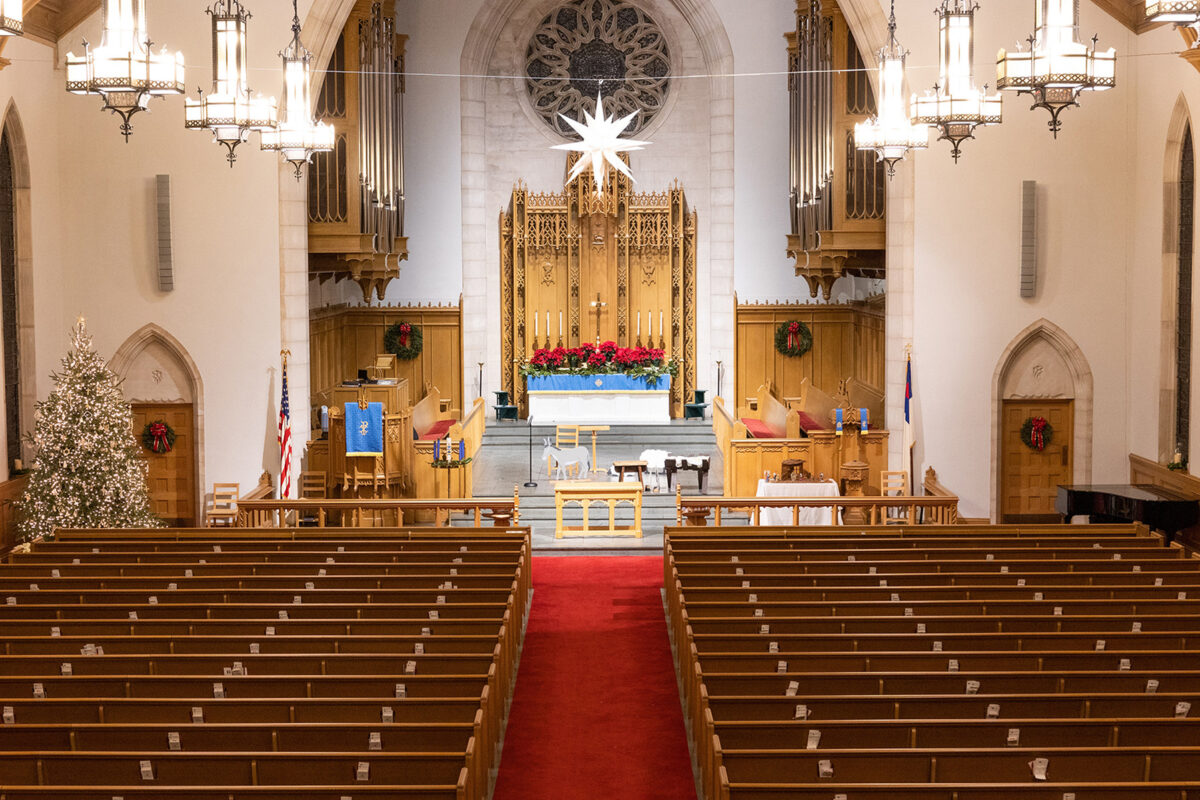
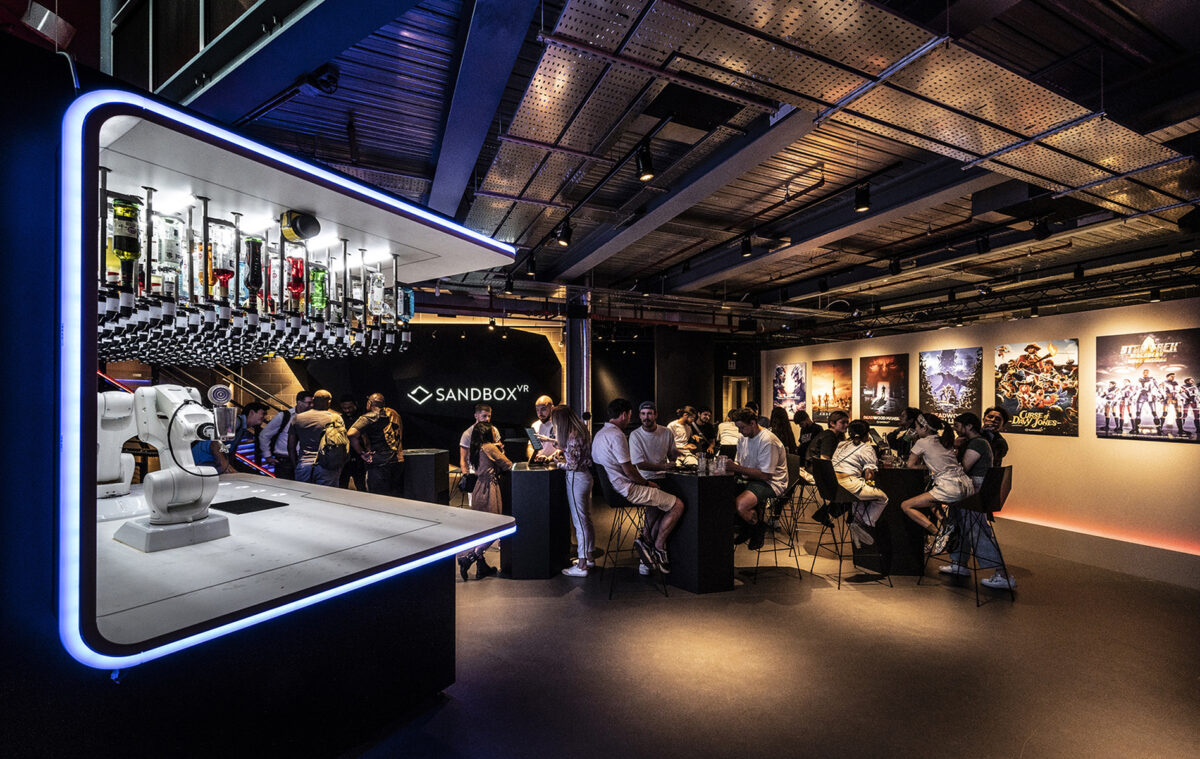
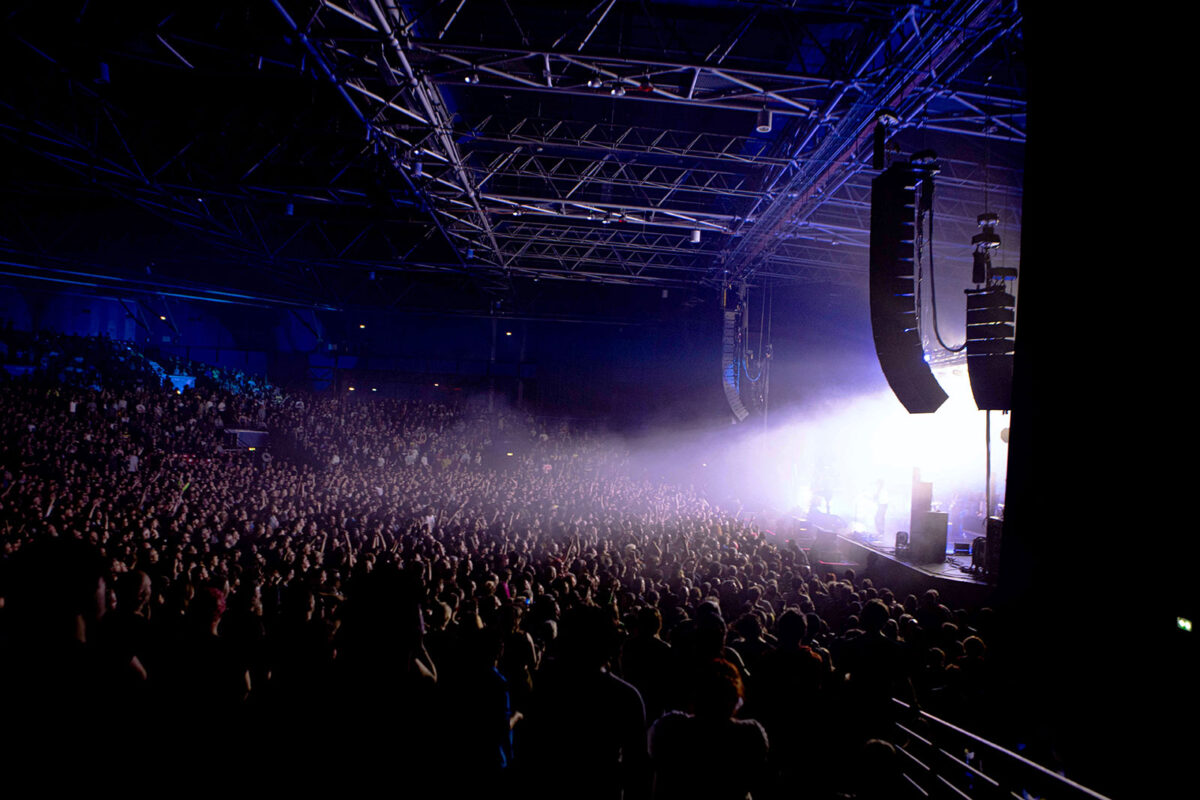
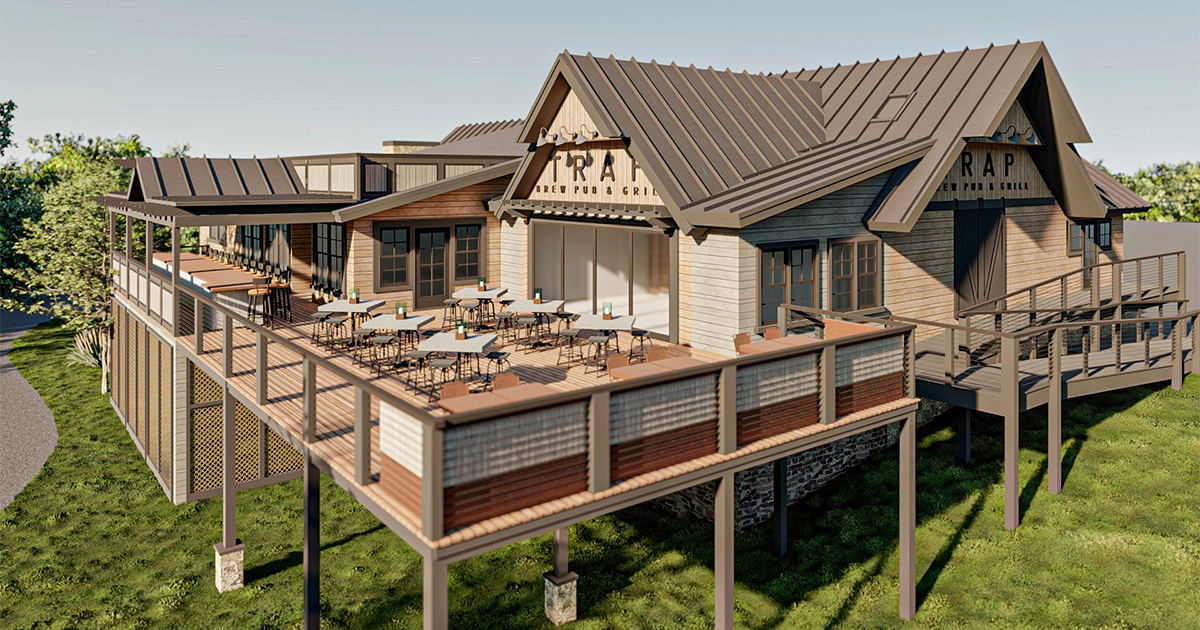
 Venue: The Trap North | Smithfield, Rhode Island
Venue: The Trap North | Smithfield, Rhode Island Integrators:
Integrators:  Audio Spaces: Vestibule, private dining area, the outdoor bar, and outdoor section
Audio Spaces: Vestibule, private dining area, the outdoor bar, and outdoor section Product Used: Connect Series
Product Used: Connect Series 